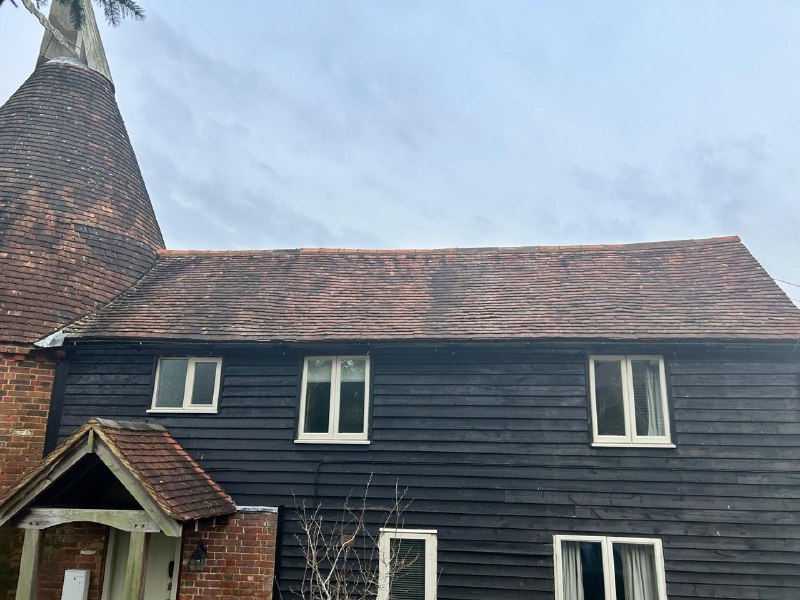Tips for Securing Roof Tiles in High-Wind Areas Prone to Slipping
Introduction: Roof tiles slipping due to high winds can pose significant risks to the structural integrity of your roof and the safety of your home. In areas prone to strong winds, taking proactive measures to secure roof tiles is essential for preventing damage and ensuring the longevity of your roofing system. In this blog post, we’ll explore some valuable tips for securing roof tiles in high-wind areas to mitigate the risk of slipping and protect your home.
Conduct Regular Inspections:
- Regular roof inspections are crucial for identifying loose or slipping tiles before they become problematic. Schedule routine inspections, especially after severe weather events, to assess the condition of your roof tiles and address any issues promptly.
Use Adhesive or Sealant:
- Apply roofing adhesive or sealant to the underside of loose or slipping roof tiles to secure them in place. Choose a high-quality adhesive or sealant specifically designed for roofing applications and follow the manufacturer’s instructions for proper application.
Install Roofing Clips or Brackets:
- Roofing clips or brackets can provide additional support and stability to roof tiles, especially in high-wind areas. These metal components are installed beneath the tiles and fastened to the roof structure, preventing tiles from slipping or becoming dislodged during strong winds.
Replace Damaged Tiles:
- Damaged or deteriorated roof tiles are more prone to slipping, especially in high-wind conditions. Replace any cracked, broken, or missing tiles promptly to maintain the integrity of your roof and prevent further damage.
Secure Ridge and Hip Tiles:
- Ridge and hip tiles are particularly vulnerable to slipping in high-wind areas due to their exposed location along the roof’s ridges and hips. Ensure that ridge and hip tiles are securely fastened using appropriate fixing methods, such as screws or nails, to prevent them from becoming dislodged.
Consider Roofing Underlayment:
- Installing roofing underlayment beneath roof tiles can provide additional protection against slipping and water infiltration. For optimal performance, choose a high-quality underlayment material that offers excellent durability and weather resistance.
Trim Overhanging Branches:
- Overhanging branches can exacerbate the risk of roof tile damage and slipping during high winds. Trim back any branches that hang over your roof to reduce the likelihood of debris impacting your tiles and causing damage.
Seek Professional Assistance:
- If you’re unsure how to secure roof tiles effectively or if your roof requires extensive repairs, don’t hesitate to seek professional assistance from a reputable roofing contractor like PER Roofing Godmanchester. A qualified roofer can assess the condition of your roof, identify areas of concern, and implement appropriate solutions to prevent tile slipping.
Conclusion: Securing roof tiles in high-wind areas is essential for safeguarding your home against damage and ensuring the long-term performance of your roofing system. By following these tips and investing in proactive maintenance measures, you can minimise the risk of roof tile slipping and protect your home from the effects of strong winds.
Call us on: 01480 773 597
Click here to find out more about PER Roofing Godmanchester
Click here to complete our contact form and see how we can help with your roofing needs.

